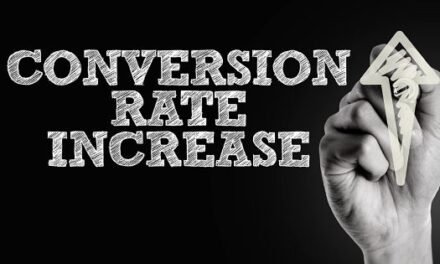There are lots of reasons you might want to start a drop shipping wholesale business. The biggest reason being that it can be a very lucrative business model when done right. But in order to do it right, you need to fully understand the potential of drop shipping and how to utilise this.
That being said, if you’re new to the industry and you’ve never run a wholesale or drop shipping business before, it can be a confusing and somewhat daunting prospect. But don’t worry, that’s where we come in.

To help you out, we’ve created this guide to drop shipping for wholesalers to help get you started on your new business venture.
Let’s dive in!
What is drop shipping?
A drop shipping business model means that instead of buying up your own inventory and storing this in a warehouse, all goods are provided by a third-party supplier. So essentially, a customer would go through your website, place an order and rather than you having to package and ship the goods from your own warehouse, your chosen supplier does all the hard work for you.
Of course, this does mean the profit margins are slightly lower on each order as a percentage will go to the third-party provider. However, it can be a much more cost-effective and efficient wholesale business model.
The pros and cons of using drop shipping for your wholesale business
As we said, using a drop shipping model can have a number of benefits to a business, particularly a wholesale business. But as with anything, it also has its downsides.
Some of the key benefits include:
- It costs very little to get your business started
- As it’s easy and cost-effective to set up, you can experiment with different wholesale products until you find a profitable niche
- You don’t need to carry any inventory yourself, which saves you money on warehouses or other storage spaces, as well as logistics, postage and packaging
- This is a very flexible and scalable model, and it is quick and easy to expand as and when you need to
- You can focus on marketing and let the drop shipping supplier focus on the logistics
- You’ll have access to a wide range of products
As we’ve said, drop shipping is not without its challenges, and it’s important to keep this in mind.
Some of the downsides to drop shipping as a wholesaler include:
- You won’t be able to offer a very personalised branded experience to customers without having to pay a significant amount to do so
- Shipping times tend to be slower when using a drop shipping supplier; this means customers will often have to wait longer for their goods
- The quality of the products isn’t always as good as if you chose to work directly with suppliers
- As your goods are shipped from a third-party, you often don’t have as much say in how and when they arrive. This can make it difficult when dealing with customer queries or complaints
How to find the right drop shipping suppliers
No matter what goods or materials you’re selling, you need to make sure you find the right drop shipping supplier for your business. Again if you are new to the industry, it can be hard to know where to start looking.
Of course, the internet is always going to be your go-to, and a quick Google search is often the best place to start. However, there are also directories that can help point you in the right direction, recommending drop shipping suppliers in various different industries.
You could also check out some of the better-known drop shipping companies such as AliExpress, LightInTheBox, TopTenWholesale and Inventory Source. You also have the option to visit trade shows and speak with suppliers there. This can be very beneficial as you can grow your network and speak to industry experts who can point you in the right direction.
How to spot fake or dodgy drop shipping wholesale supplier
Unfortunately, as with most industries, there will be some retailers and scammers that try to describe themselves as wholesale drop shipping suppliers, but the reality is this is a scam, or they don’t offer wholesale prices. Knowing how to spot these people can help you to avoid making a costly mistake.
Some of the top red flags to look out for include:
- Companies that are selling to the general public
- Those that charge monthly fees
- Those that don’t charge pre-order fees
- Companies that don’t have a minimum order size
- Retailer websites that don’t have an address or phone number displayed
- Someone who quite clearly lacks industry knowledge
If you spot any of these red flags or you’re concerned about an alleged drop shipping wholesaler, it’s best to do a little digging and look for some reviews before signing up with them. Either that or play it safe and look elsewhere.
Reaching out to suppliers
As you begin to grow your knowledge and understanding of what’s available to you, it’s a good idea to start making a short list of possible suppliers. Then you can begin to narrow this down until you find a reliable and cost-effective company to provide your wholesale goods.
Next, you need to reach out to them and set up a business proposal. When you phone them up, make sure to prepare information about your business and be ready with any questions you might have for them. They will probably want to verify that your business is genuine before they start working with you.
As you begin to reach out, this can also be a good indicator of whether a company is right for you or not. If you drop them an email or try to call them and don’t get a response in a reasonable time, this could be another red flag. You need to make sure you’re working with a wholesale supplier that offers good customer service and timely responses.
Keep all of the above in mind as you begin your drop shipping wholesale business venture, and you can set yourself up for success.






















